Summer Black Pac Choi is a variety of Chinese cabbage which in turn is a type of brassica, like broccoli, brussels sprouts, mustard greens, and many others. Chinese cabbages do not head up like green and red cabbage, but make stalks “…reminiscent of mustard greens or celery” (Wikipedia). As the name implies, the cabbages, are popular in China and throughout Asia. The name is a an Anglicization of the Cantonese and can be spelled bok choy, bok choi, pak choy, or just called Chinese cabbage. They’re all basically the same so don’t be afraid to try varieties by another name. The leaves range in color from light green to dark, almost black, and the stalks from white to green. Interestingly the summer black variety is all light green.
There are also often a variety of sizes of the heads. Until recently I’ve mostly seen single large bunches. These are great for chopping and stir-frying, although halving and roasting works well, too. Tiny, “baby” heads are also sold, and these are best cooked whole, whichever method you choose. My bunches were medium-sized and a nice size for roasting.
The first recipe I worked with said that they tasted like mild roasted brussels sprouts. I actually found them, mainly unadorned in this recipe, to be stronger than brussels. That could be because of our hot, dry weather making them stronger. Or perhaps I should have used butter. I liked the flavor much better when complemented with Asian flavors such as sesame and tamari in the second recipe.
Don’t make my method mistake; I crowded the pan, thinking the bunches would shrink and leave room between them. Nope, at least not very much. Leave space and the leaves will crisp up nicely and be crunchy like kale chips. If you would prefer the leaves soft (a different but also good texture) then do place the bunches closer together. I left off the sesame seeds but I’m sure they would add an extra touch of taste and crunch.
I’m posting the Asian-flavored recipe but you can make them with just oil and salt, roasting for the same amount of time. See Epicurious for more info. Or EatingWell for a lemony variation. Vary the times and ingredients based on the size and quantity of your cabbage. If baby cabbage, use whole. Halve medium-sized ones, and quarter the larger.
Roasted Pak Choi
Adapted from The Wheatless Kitchen
4 medium heads of pac choi
2 Tbsp neutral oil (I used sesame and palm)
2 tsp roasted sesame oil
2-3 Tbsp tamari
2 cloves garlic, minced
1. Preheat oven to 450 degrees.
2. Halve the pac choi lengthwise. In a small bowl whisk together the remaining ingredients.
3. Place pac choi on a large baking sheet and pour the marinade all over the wedges. Gently rub the pac choi with your fingers to make sure the marinade gets under some of those layers.
4. Roast 10 minutes, cut side down. Flip, and roast 5 minutes more.
Serves 4 as a side dish. Printable recipe here.
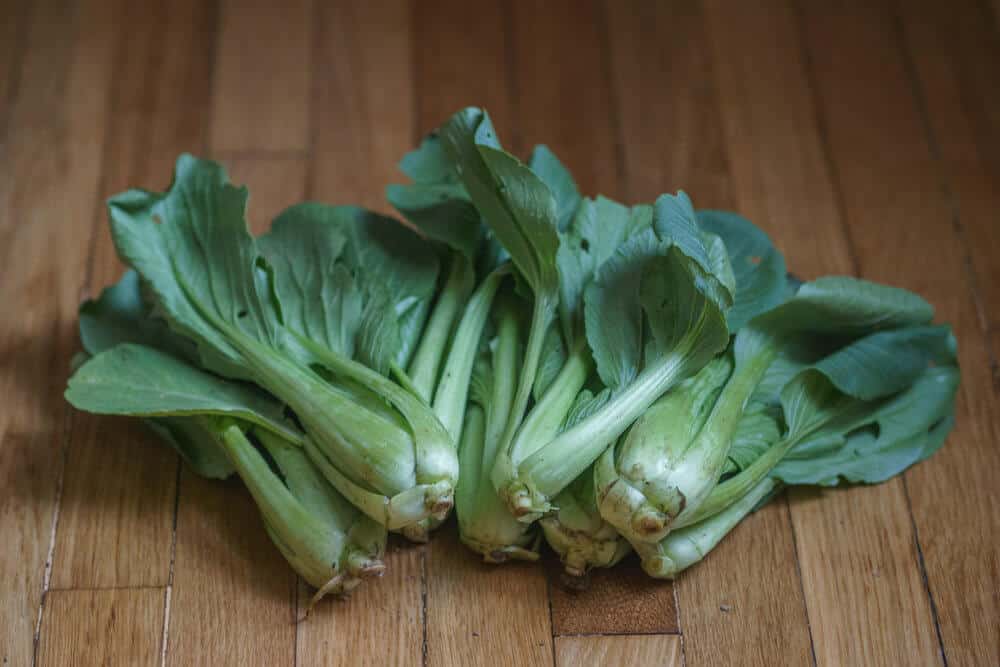

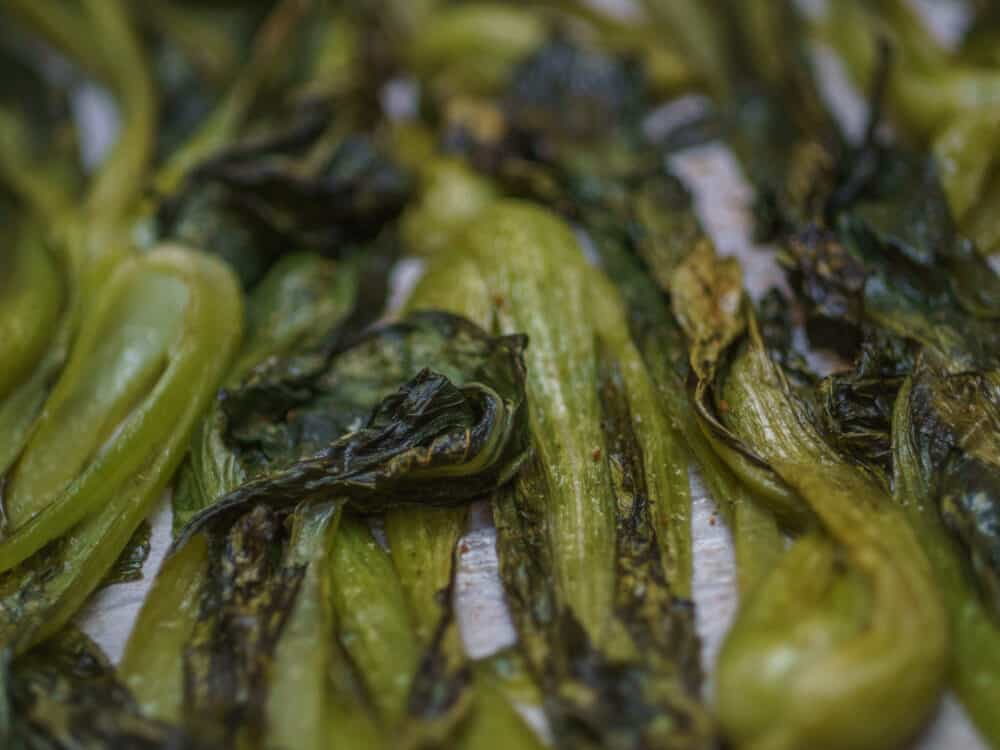
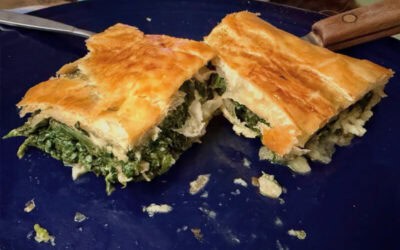
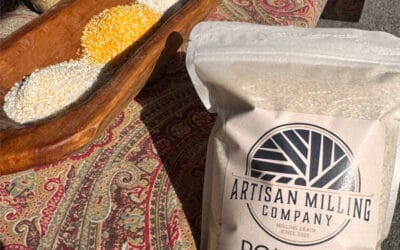
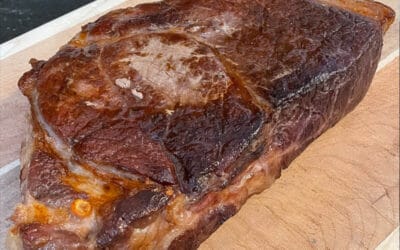
0 Comments